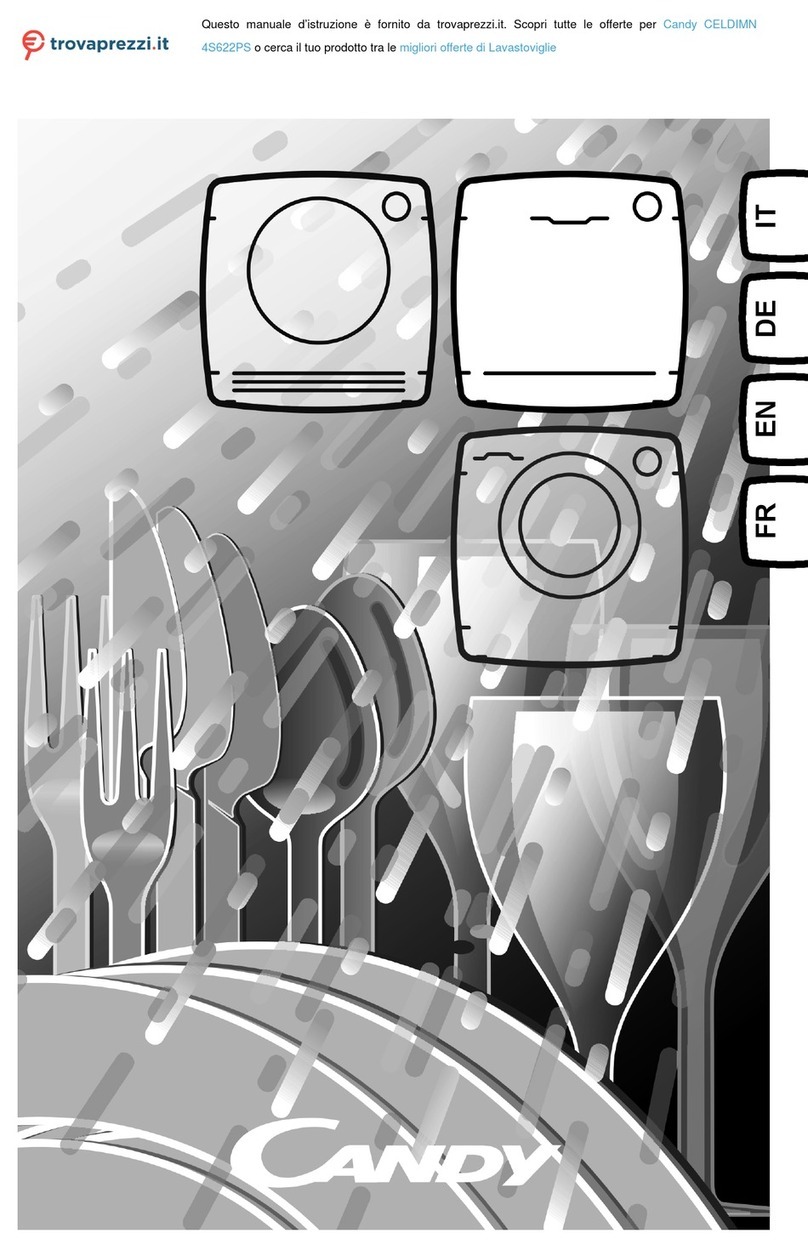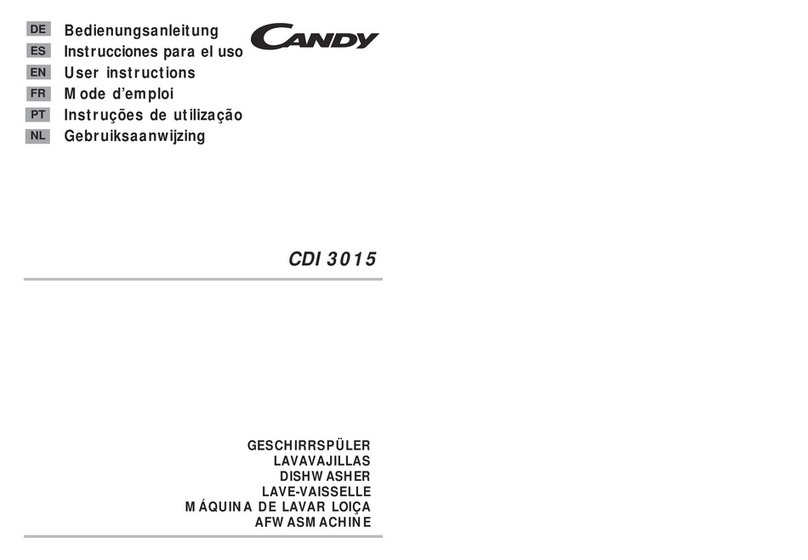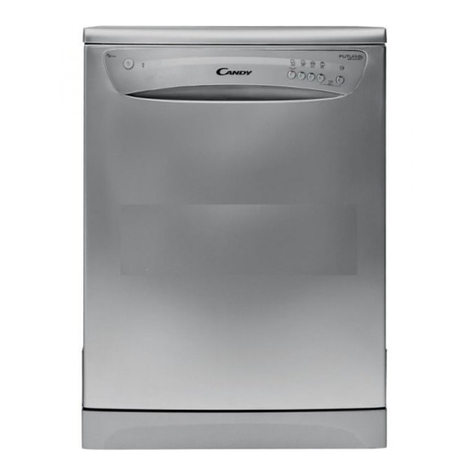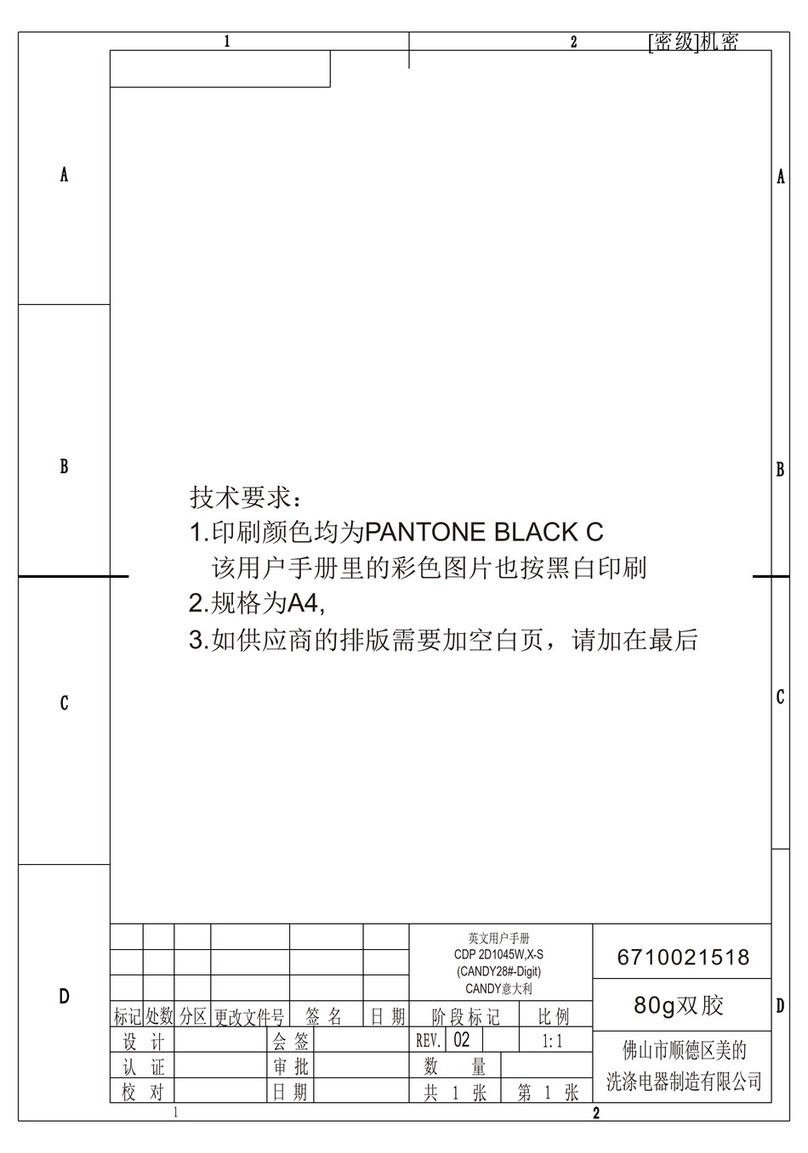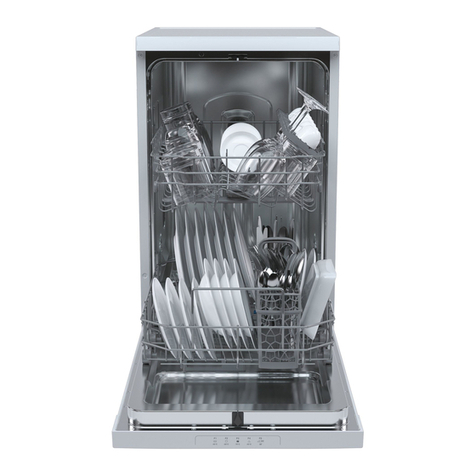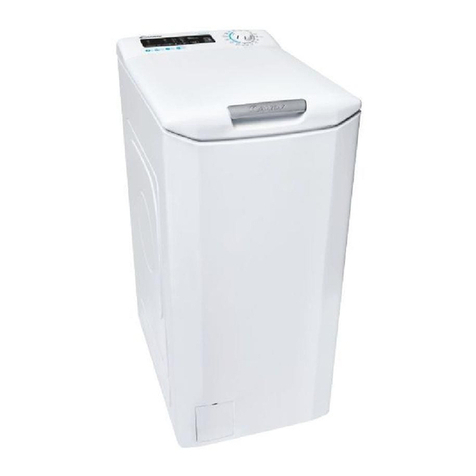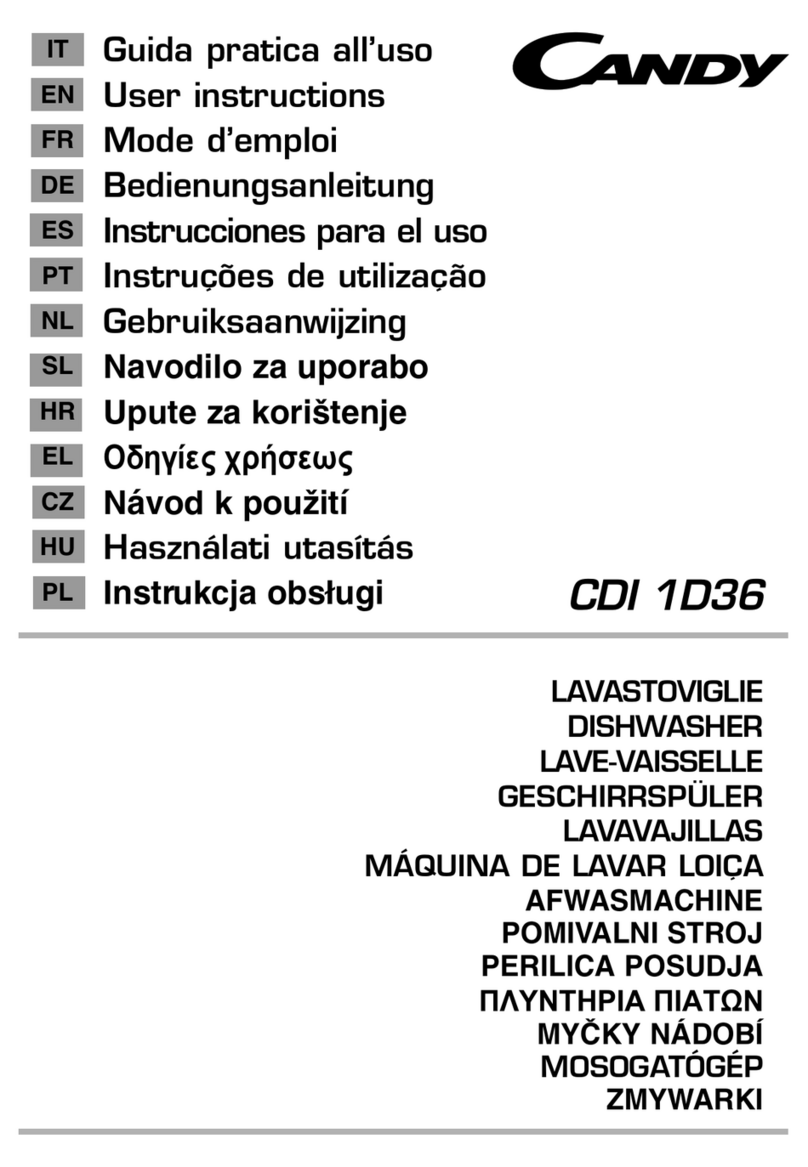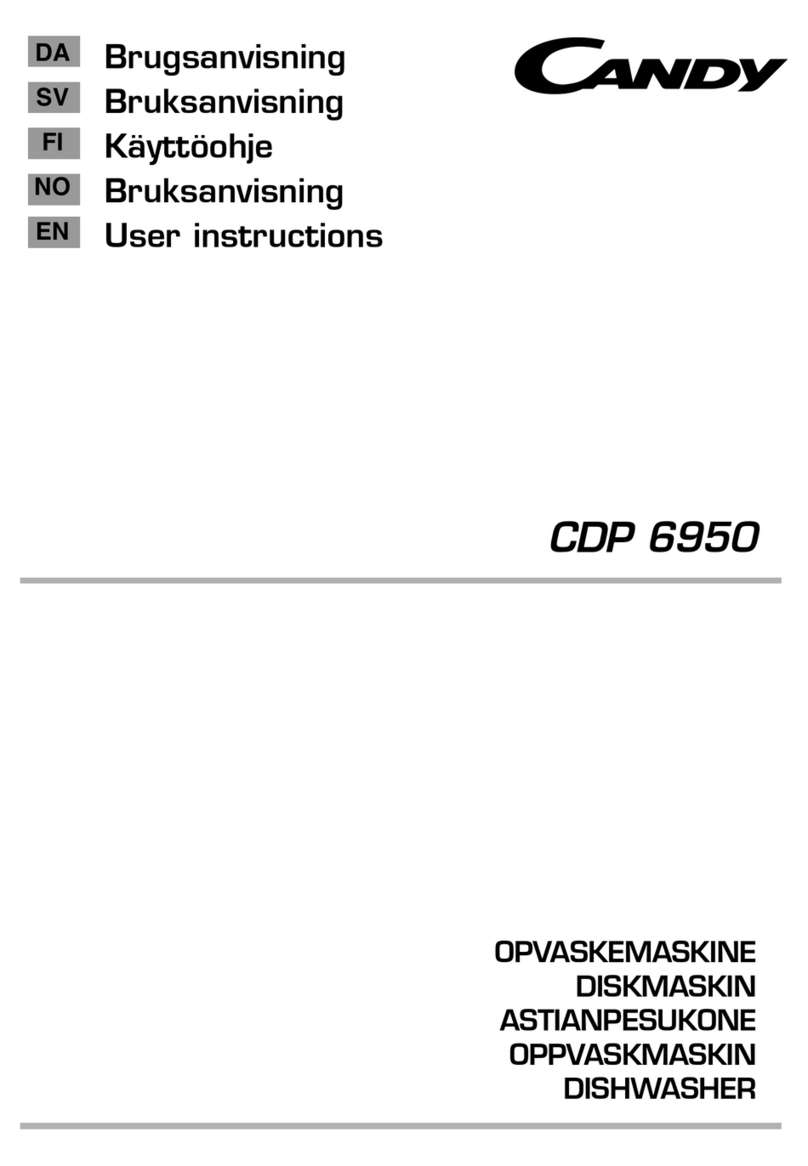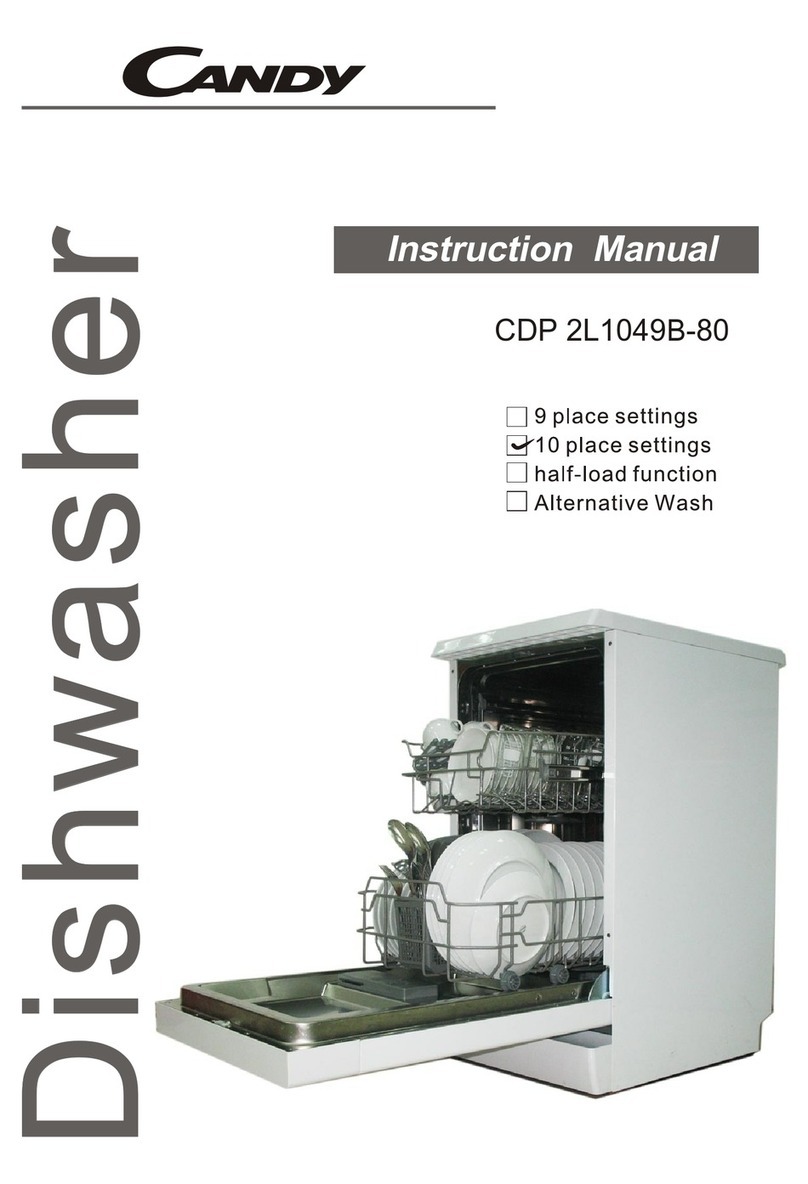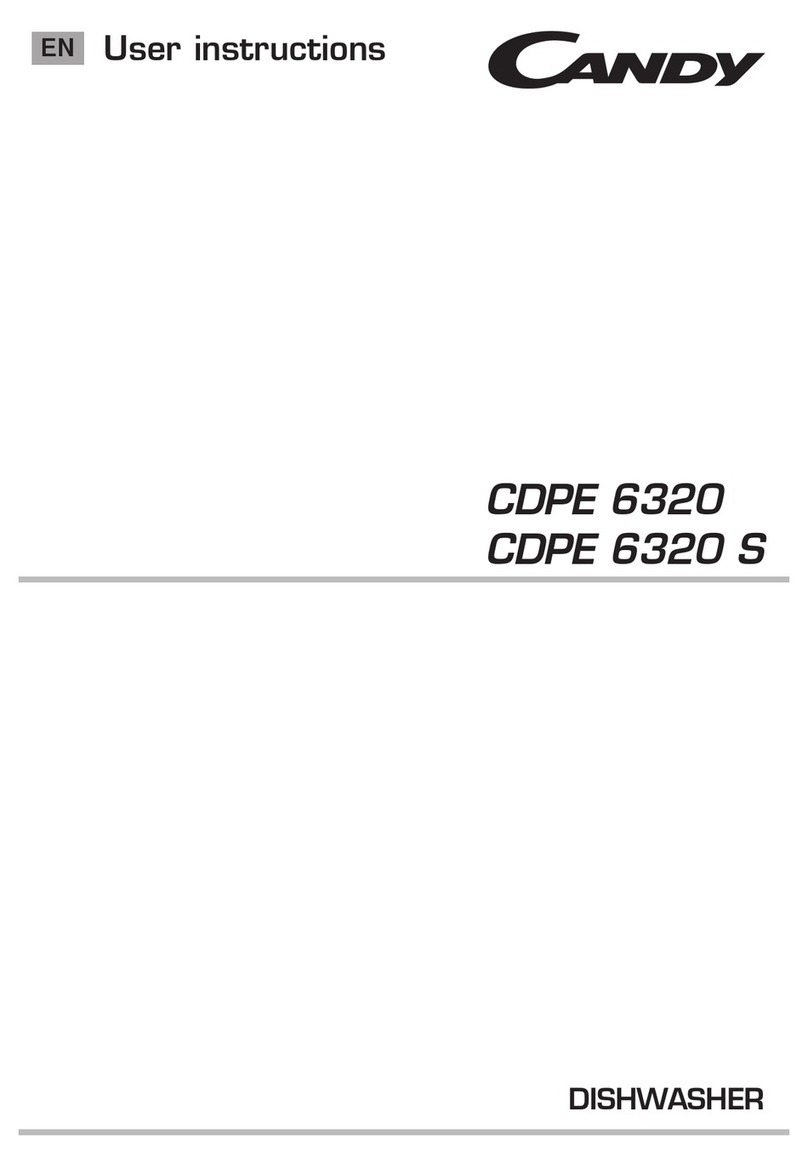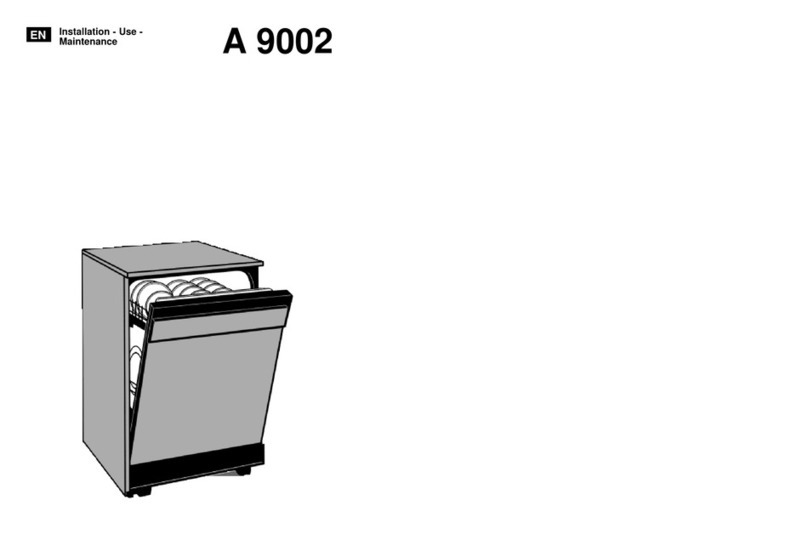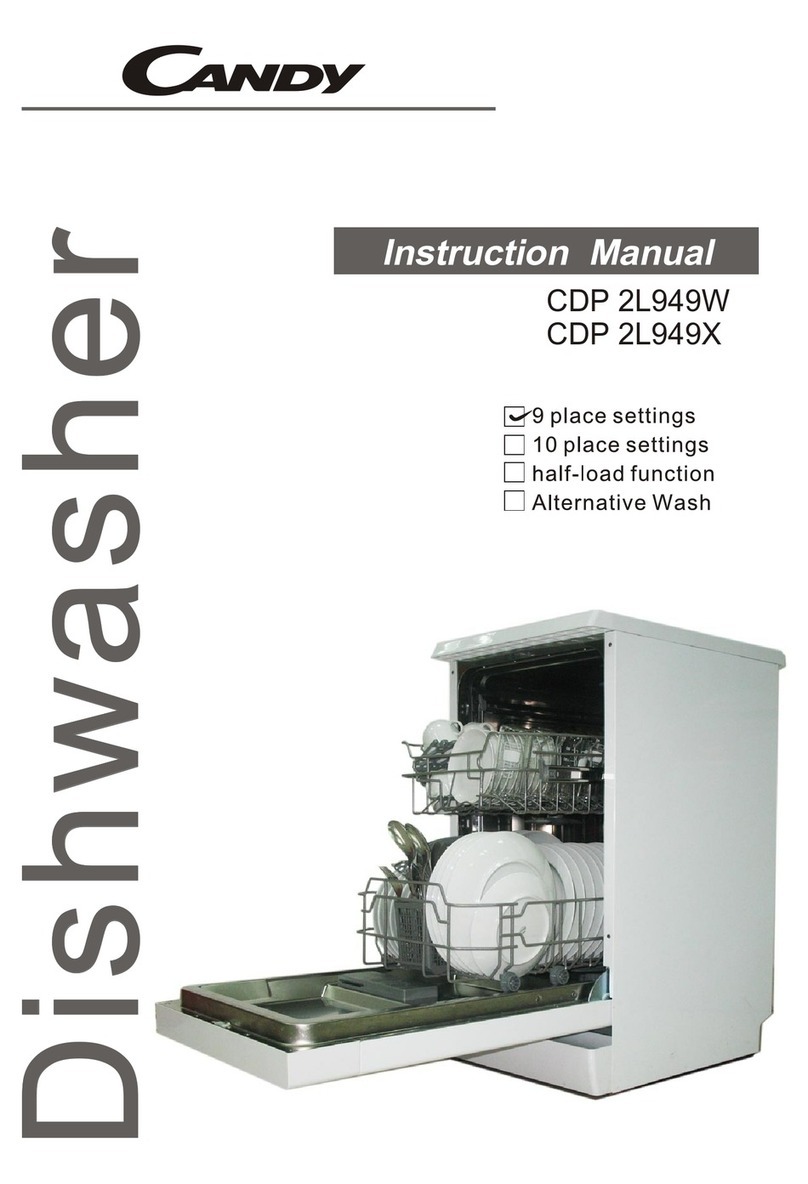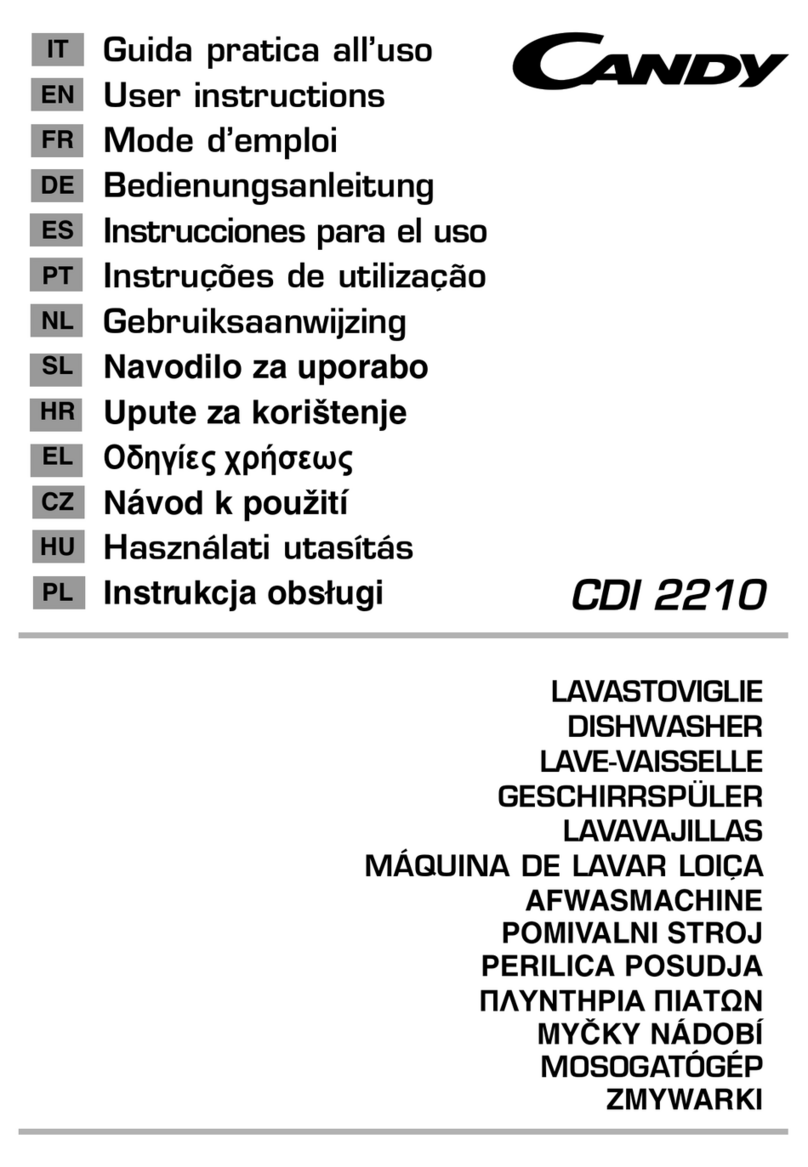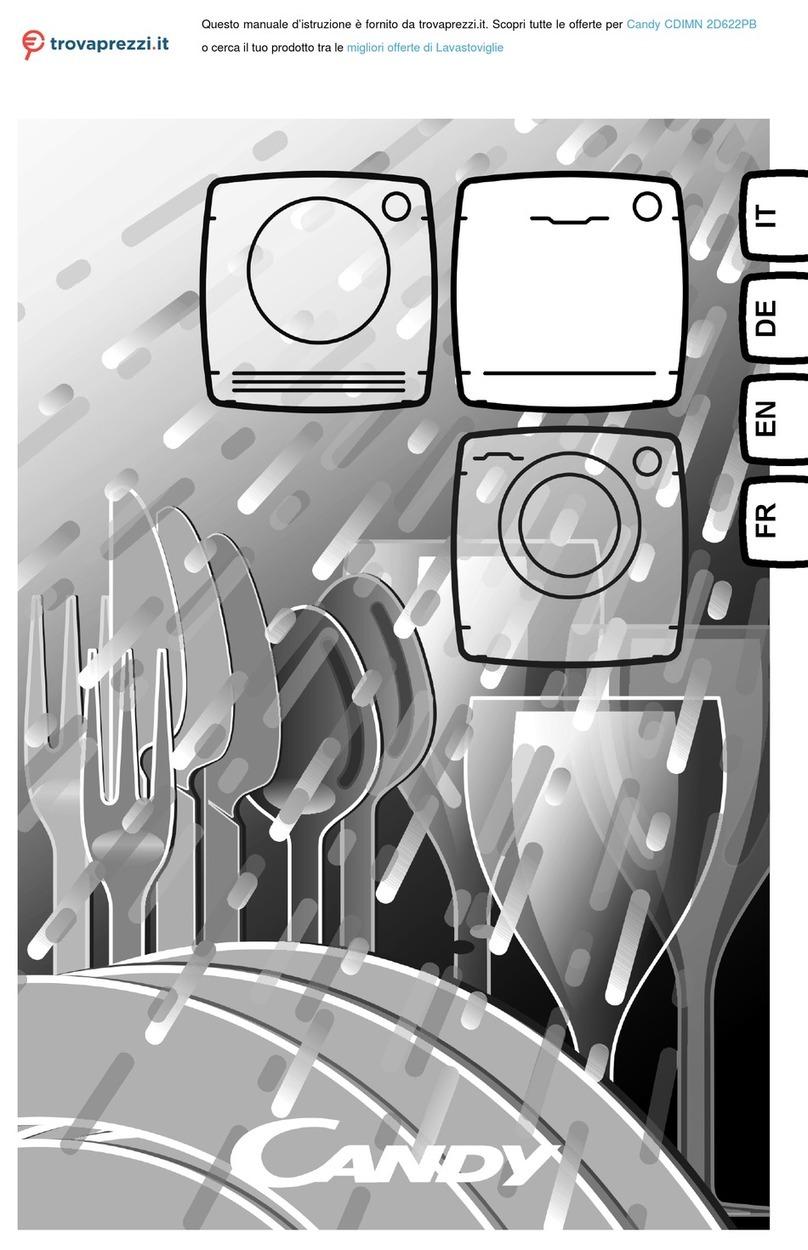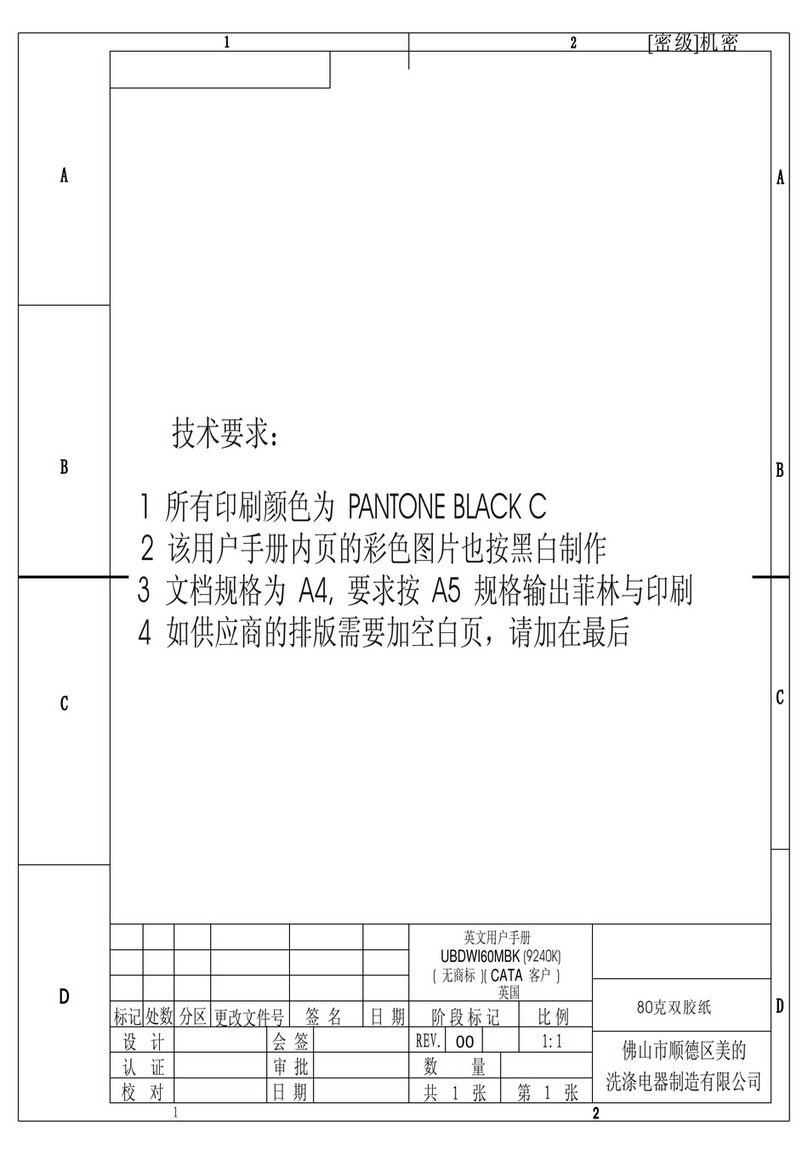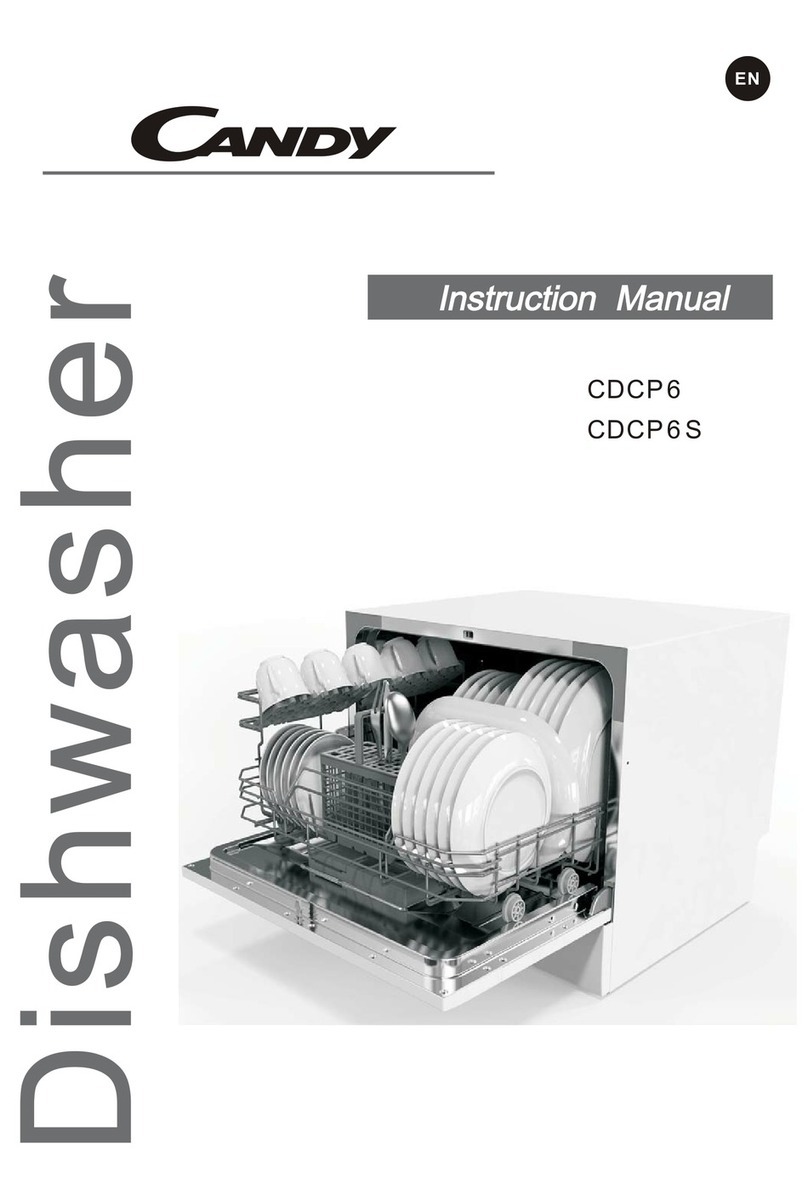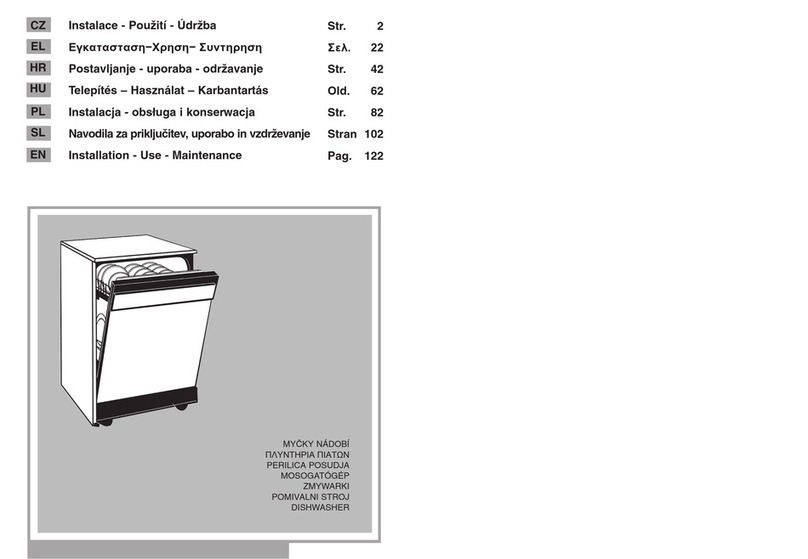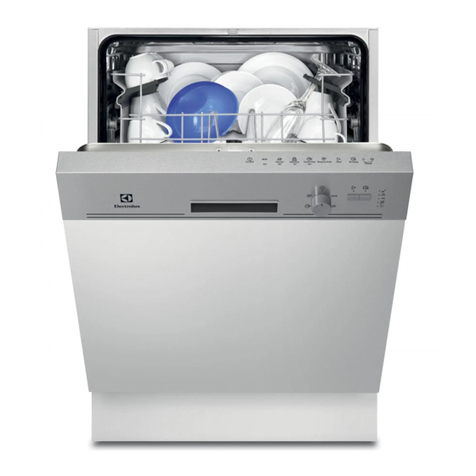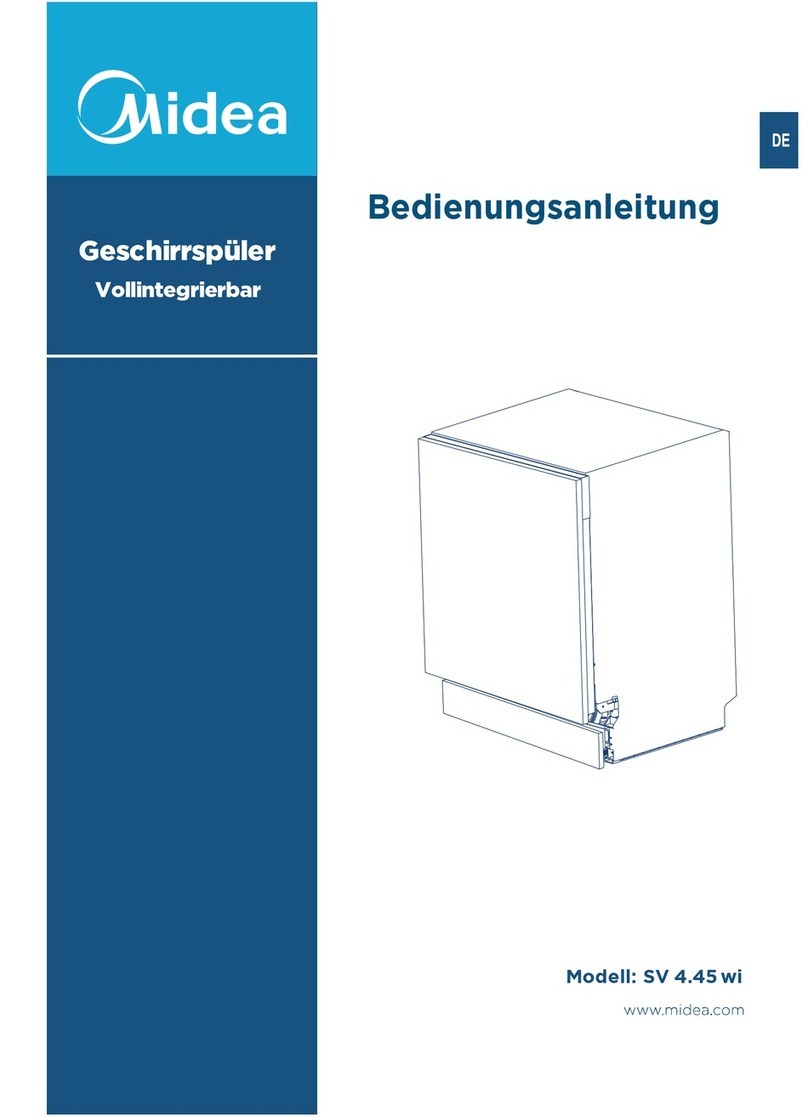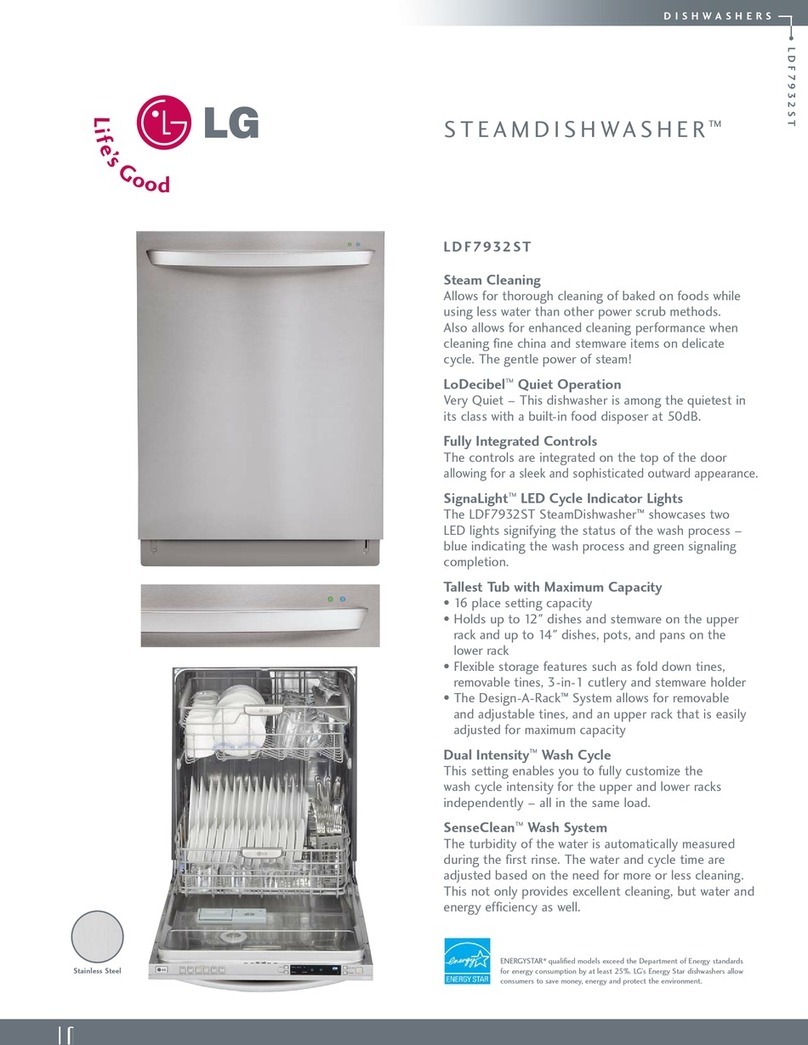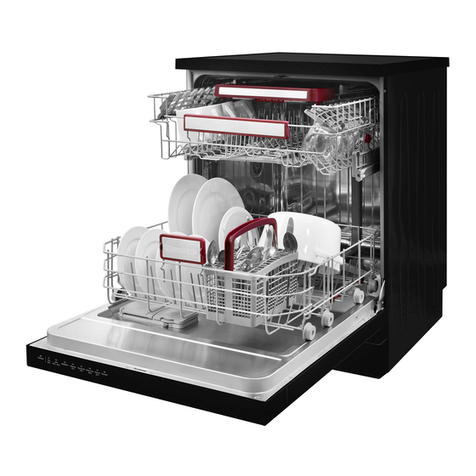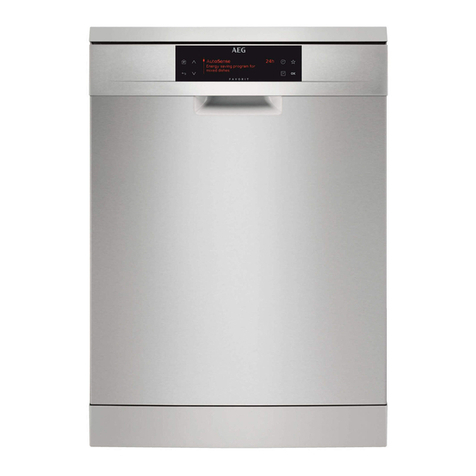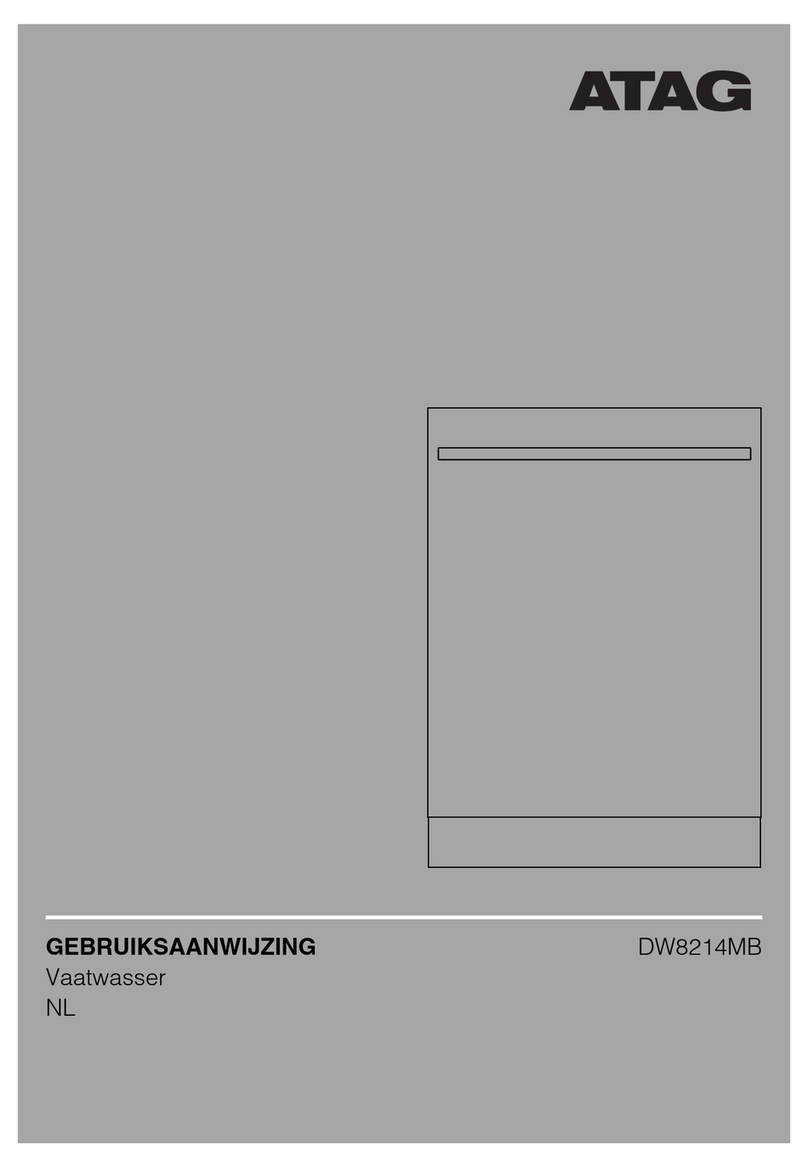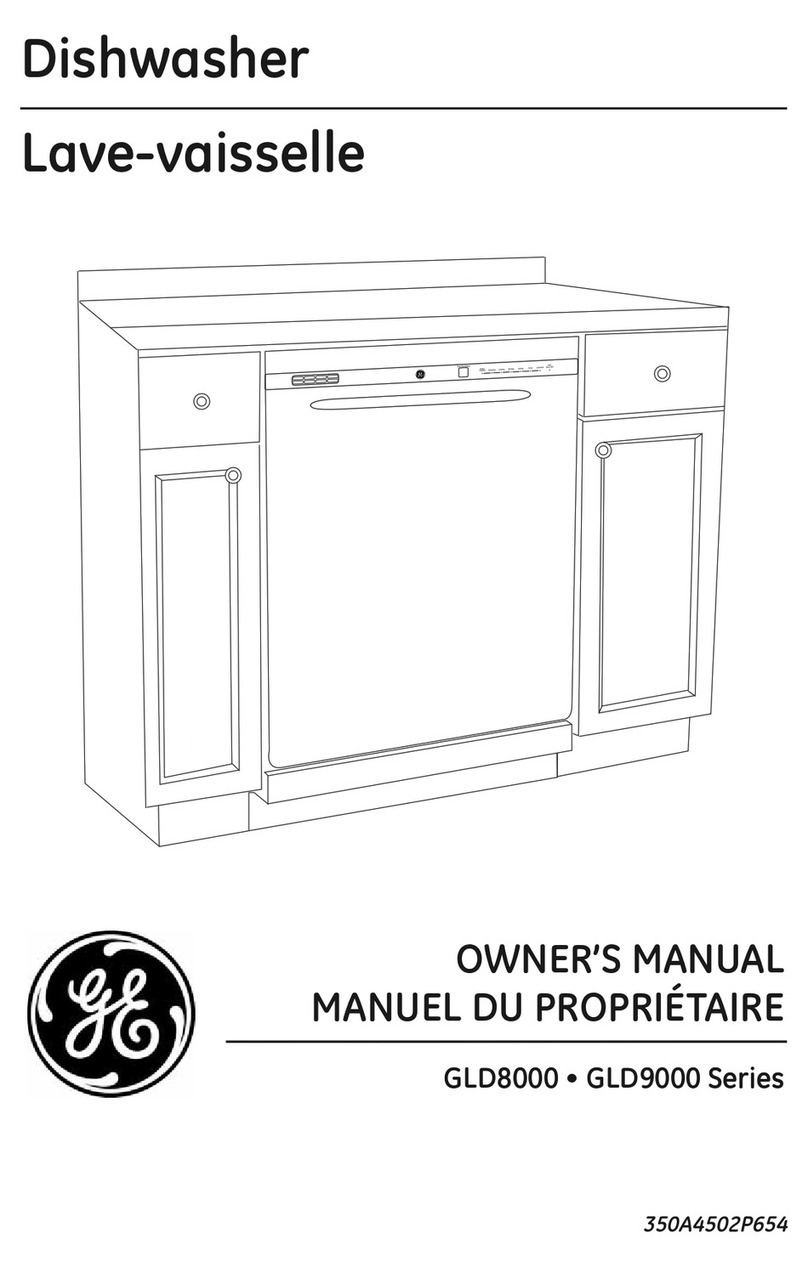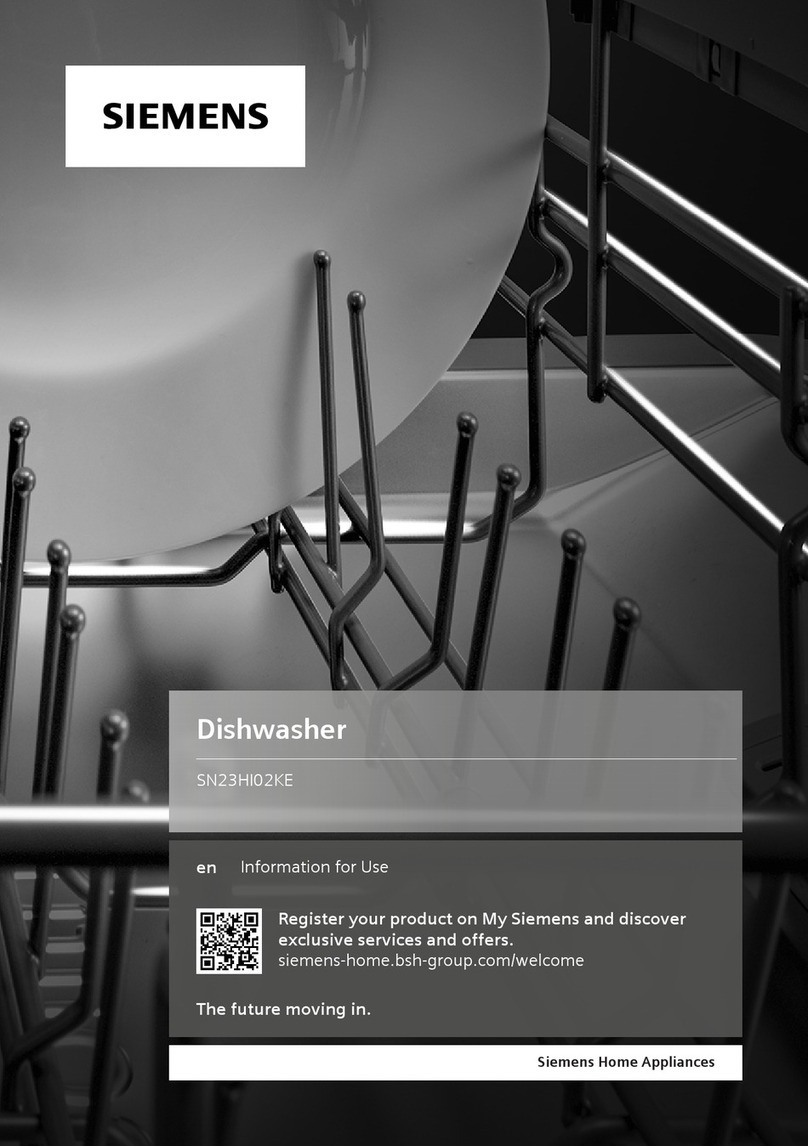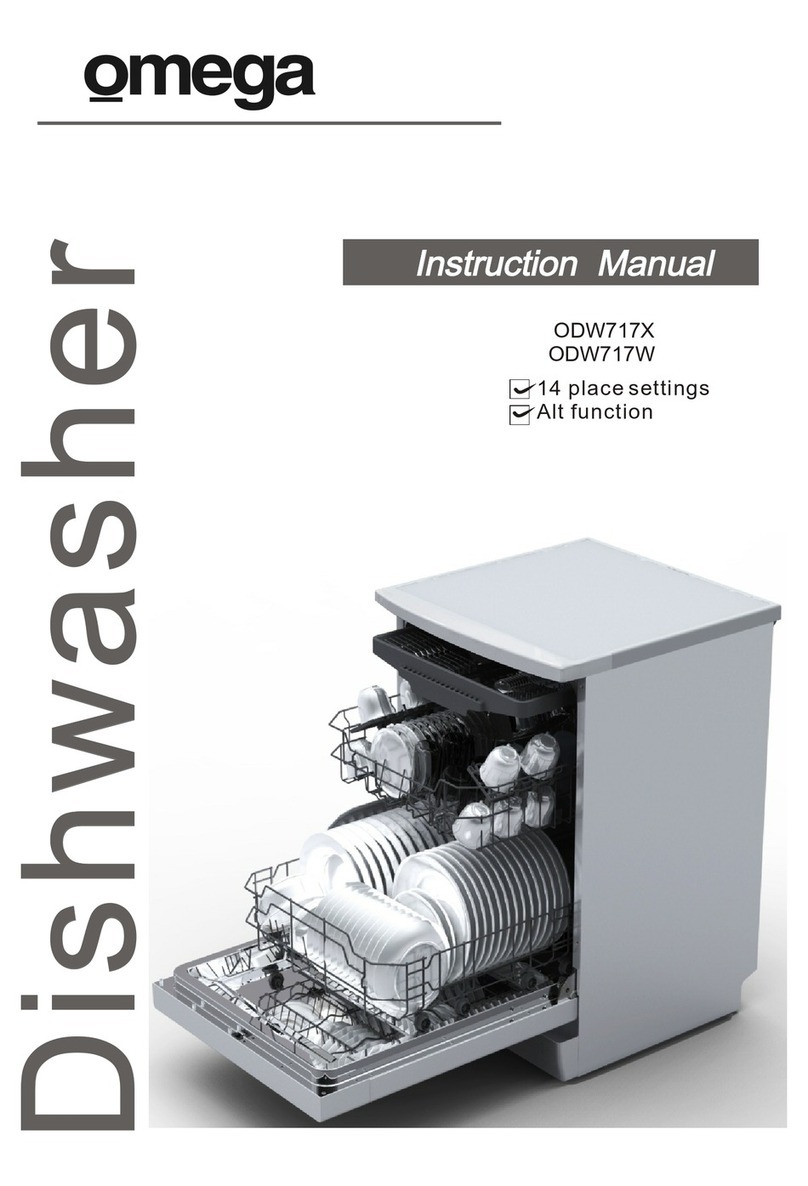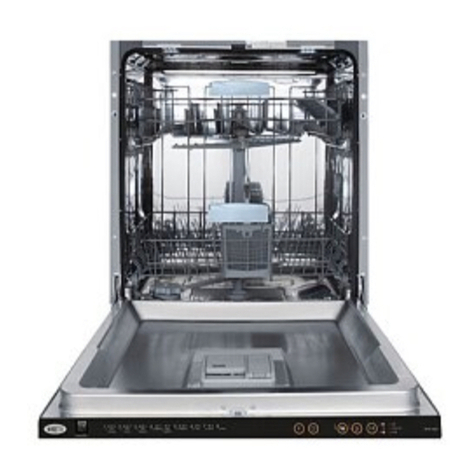This appliance must be grounded. In the event
of a malfunction or breakdown, grounding will
reduce the risk of electric shock by providing a
path of least resistance of electric current. This
appliance is equipped with a cord having an
equipment-grounding conductor and a grounding
plug. The plug must be plugged into an appropriate
outlet that is installed and grounded in accordance
with all local codes and ordinances.
Improper connection of the equipment-
grounding conductor can result in a risk
of electric shock. Check with a qualified
electrician or service representative if you
are in doubt whether the appliance is
properly grounded. Do not modify the plug
provided with the appliance; If it is not fit
for the outlet. Have a proper outlet installed
by a qualified electrician.
Under certain conditions, Hydrogen gas may be produced in a hot-water system that has not been
used for two weeks or more. HYDROGEN GAS IS EXPLOSIVE.
If the hot-water system has not been used for such a period, before using the dishwasher turn on all
hot-water faucets and let the water flow from each for several minutes. This will release any
accumulated hydrogen gas. As the gas is flammable, do not smoke or use an open flame during this
time.
1
Keep children away from detergent and rinse aid, keep
children away from the open door of the dishwasher,
there could still be some detergent left inside.
Do not abuse, sit on, or stand on the door or dish
rack of the dishwasher.
Do not touch the heating element during or
immediately after use.
Do not wash plastic items unless they are marked
dishwasher safe or the equivalent. For plastic
items not so marked, check the manufacturer's
recommendations.
Use only detergent and rinse additives designed
for an automatic dishwasher. Never use soap,
laundry detergent, or hand washing detergent
in your dishwasher. Keep these products out of
the reach of children.
During installation, the power supply must not
be excessively or dangerously bent or flattened.
The door should not be left in the open position
since this could present a tripping hazards.
Do not tamper with controls.
Do not operate your dishwasher unless all
enclosure panels are properly inplace. Open
the door very carefully if the dishwasher is
operating,there is a risk of water squirting out.
Do not place any heavy objects or stand on the door
when it is open. The appliance could tip forward.
When loading items to be washed:
1) Locate sharp items so that they are not likely to
damage the door seal;
2) Load sharp knives with the handles up to reduce
theriskofcut-typeinjuries.
3) Warning:Knives and other utensils with sharp points
must be loaded in the basket with their points down
or placed in a horizontal position.
When using your dishwasher, you should prevent
plastic items from contacting with heating element.
If the supply cord is damaged, it must be replaced
by the manufacturer or its service agent or a
similarly qualified person in order to avoid a
hazard.
Please dispose of packing materials properly.
Use the dishwasher only for its intended function.
Remove the door to the washing compartment when
removing an old dishwasher from service or discarding it.
The appliance is not intended for use by young
children or infirm persons without supervision.
Dishwasher detergents are strongly alkaline,they
can be extremely dangerous if swallowed.Avoid
contact with skin and eyes and keep children away
from the dishwasher when the door is open.
Youngchildrenshouldbesupervisedtoensurethat
they do not play with the appliance.
Check that the detergent receptable is empty after
completion of the wash cycle.
Other means for disconnection from the supplymust
be incorprated in the fixed wiring with at least 3mm
contact separation in all poles.
The appliance is to be connected to the water mains
using new hose sets and that old hose-sets should
not be reused.
The maximum number of place settings to be washed
is 12.
The maximum permissible inlet water pressure is 1Mpa.
The minimum permissible inlet water pressure is 0.04Mpa.
